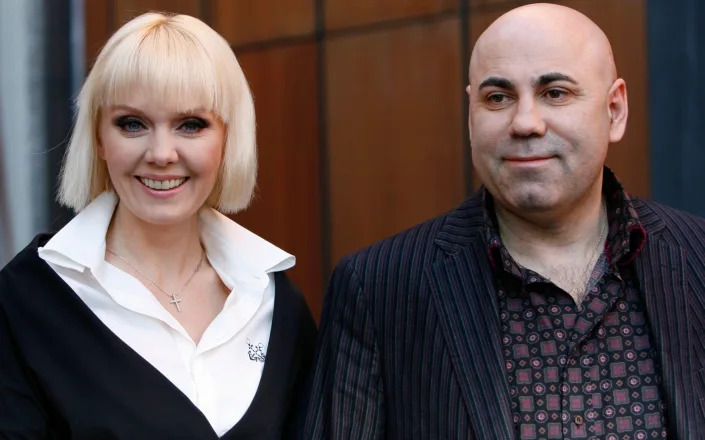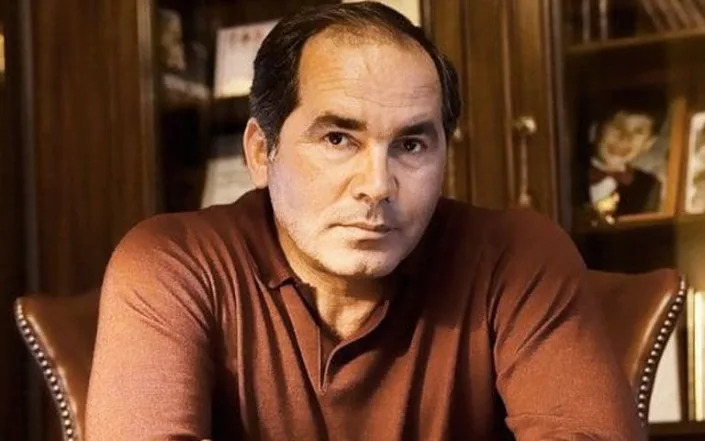USA Today
Nikki Haley wants to ban TikTok, not guns: Takeaways from her 2024 campaign stop in N.H.
Ken Tran, USA TODAY – March 28, 2023
DOVER, N.H. – At her second stop in this early voting state, hours after a mass shooting at a Nashville, Tennessee, elementary school, Nikki Haley let Granite State Republicans know she wants to ban TikTok, not guns.
The presidential hopeful and former South Carolina governor is in the middle of two town halls – one in Dover Monday night and another in Salem on Tuesday night – as she tries to court voters. She has competition here, with former New Jersey Gov. Chris Christie hosting a town hall of his own Monday night and Florida Gov. Ron DeSantis slated to visit the state in a few weeks.
In Dover on Monday evening, Haley sought to differentiate herself from the presidential field, being more accessible to New Hampshire voters who have been eager to meet candidates face-to-face in her town hall events.
Here’s how Haley made her pitch to voters in the first-in-the-nation state.
Who is Nikki Haley?: Former S.C. GOP governor announces run for president in 2024

After Nashville school shooting, Haley opposes more gun laws
Haley’s town hall opened against the backdrop of a deadly school shooting in Nashville.
The Republican presidential hopeful started her pitch by addressing the shooting and telling voters she wants more metal detectors, not more gun control legislation. She called for schools to have one entrance and to use the metal detectors there.
“It’s OK if there are metal detectors. There are those guests coming in out, the kids see them in an airport, they see them wherever they go. Why don’t we do that to protect those kids?” Haley said.
“Everybody wants to talk about gun control. My thing is, I don’t want to take away your ability to protect yourself until they do those things that protect those kids,” Haley added.
Haley calls for a TikTok ban

With lawmakers on Capitol Hill clamoring for a TikTok ban after CEO Shou Zi Chew testified to Congress, Haley told voters she’s all for an outright ban.
“We’re going to ban TikTok. Ban TikTok everywhere,” Haley said, also taking a jab at President Joe Biden for not banning the app.
The White House has recently threatened the app’s Chinese owners to sell its stakes in the company or face a nationwide ban.
“What are we waiting on? Joe Biden’s worried he’s going to lose younger voters? Is that why you hold off on (banning) it?” Haley said.
Haley leans into GOP culture wars, still campaigning on her identity

Her pitch in Dover sounded largely similar to her previous town halls, partly anchoring her campaign on her background as the daughter of Indian immigrants.
“I was born and raised in rural South Carolina. We were the only Indian family in that small southern town.” Haley said. “We weren’t white enough to be white. We weren’t Black enough to be Black.”
But even then, Haley embraced the GOP’s culture wars against public education, alleging nearly all American students are learning critical race theory.
“Teachers need to teach. Parents need to parent. And we need to separate that once and for all,” Haley said to raucous applause.
‘Freaks.’ ‘Big spenders.’: Why 2024 GOP hopefuls Trump, Haley, DeSantis are ripping their own party
Meeting 2024 voters face-to-face in New Hampshire
Haley was the first candidate to jump in the race after former President Donald Trump. Entering the race early, when so many other presumptive candidates are still waiting in the wings, gives Haley a head start on meeting voters face-to-face.
Her accessibility compared to other figures such as DeSantis is something especially appreciated among Granite State voters.
John Burns, 75, a Dover resident, said Haley’s early stops in the state impressed him and that he loves the “small town meetings.” Her town halls are a sign she respects “the New Hampshire public,” he said.

Nikki Haley’s age is a plus, voter says
Haley’s relative youth at 51 years old, compared to high-profile politicians in Washington, is one of her greatest appeals to Dover resident Jeanne Stonehouse.
“I think it’s time we get some young people in there,” said Stonehouse, who is 76.
Core to that appeal is also how hard Haley has campaigned on her possibly being the only woman in the field, telling voters it is time to “send a badass Republican woman to the White House.”
That unapologetic campaigning is something Stonehouse especially appreciates.
“I kind of thought she had a lot of gumption,” Stonehouse said. That gumption is needed in the White House, she said.
Stonehouse’s grandson, who came with her to see the former South Carolina governor, said he’s eyeing a more moderate Republican candidate who can win the general election.
“I feel like the Republicans have drifted a little more towards the ultra conservative side,” said 20-year-old Alex Leighton, who said he wants a GOP nominee that can attract younger voters like him.

















